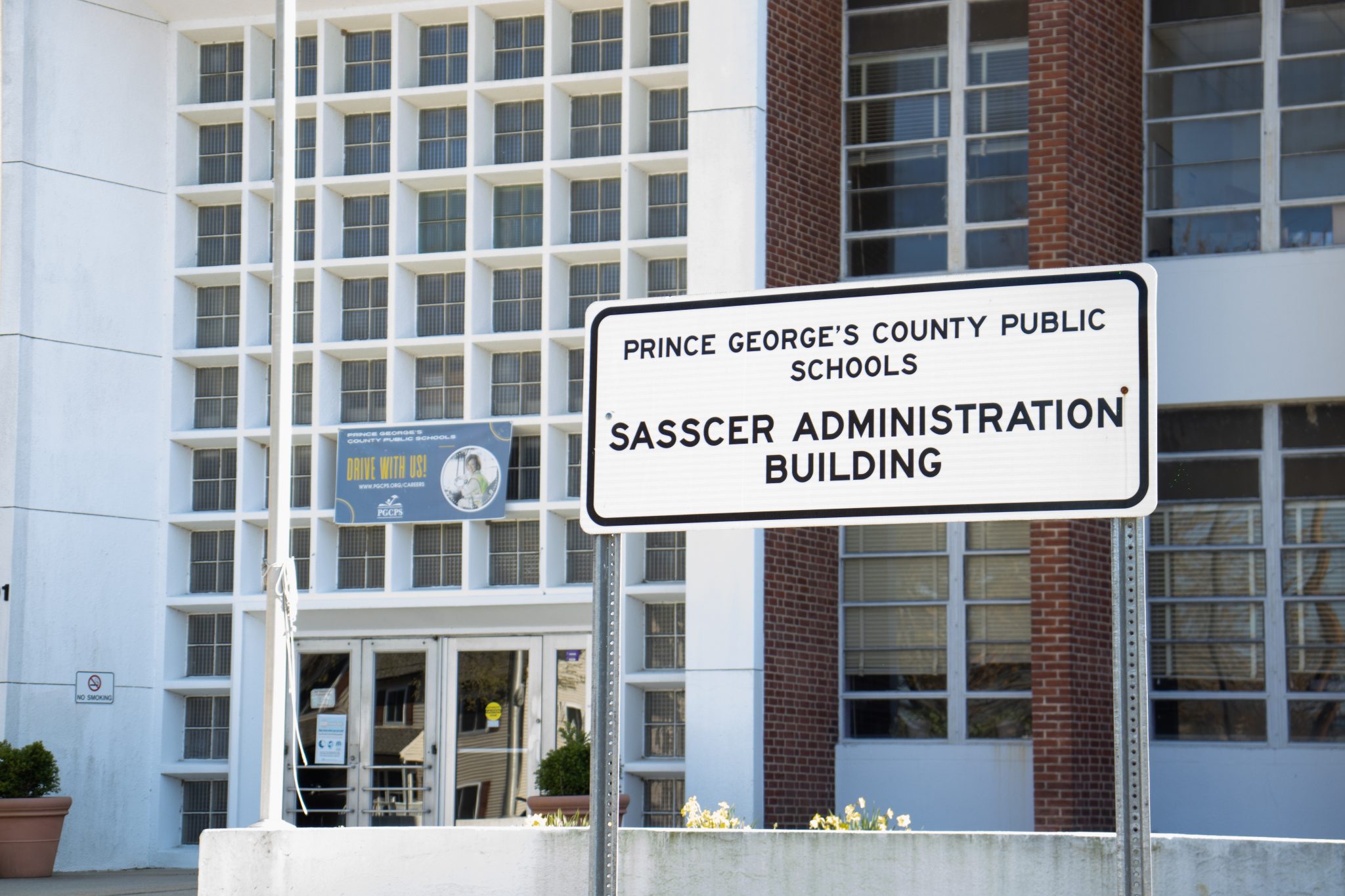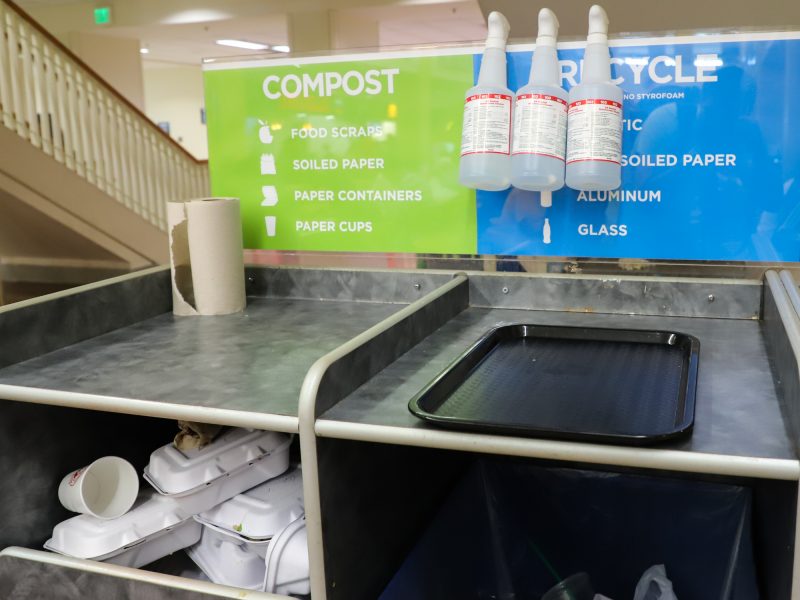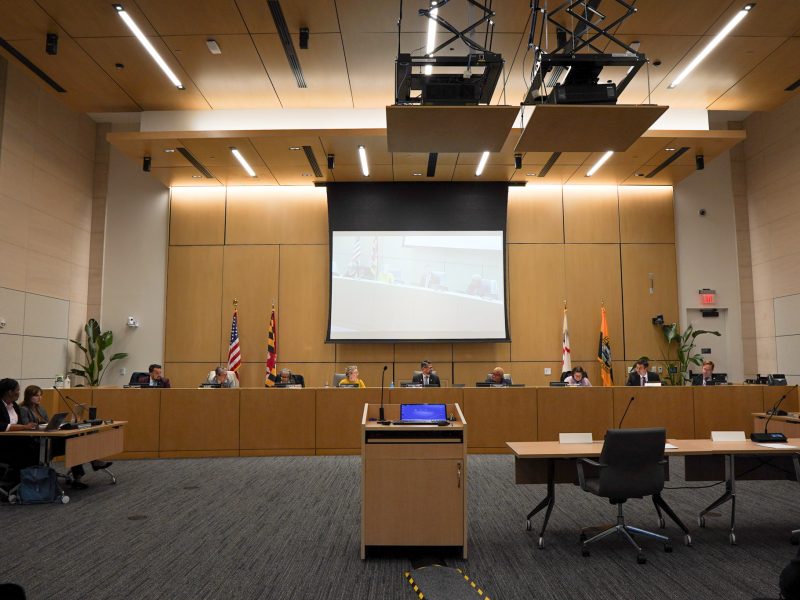The Prince George’s County Council will soon start an audit to prevent overdose emergencies in public schools.
The council unanimously voted on a resolution at Tuesday’s meeting calling on Prince George’s Public Schools to begin evaluating the schools’ readiness for a potential overdose emergency.
The resolution requires an audit to verify whether the school system aligns with state and local requirements for overdose-reversing medication requirements in schools. The audit will begin immediately after Tuesday’s vote and end in January 2026.
[After tumultuous summer, new PGCPS interim superintendent works to set path forward]
A state law requires every public school to store naloxone — a medicine that rapidly reverses opioid overdoses — and have personnel trained in applying the medicine in an overdose situation.
The idea for the bill stemmed from parent feedback at community meetings, at-large council member Calvin Hawkins II said at the county’s education and workforce development committee meeting on June 30. Parents were concerned about nurses having to switch between schools throughout the day, according to Hawkins, the lead sponsor of the resolution.
“Some of [the parents] asked about how would medication for a student that had an overdose be administered if the nurse wasn’t there,” Hawkins said at the meeting. “Many of the schools couldn’t speak on their protocol.”
The county’s fiscal and policy note for the resolution recorded 160 people under the age of 18 who received naloxone in the county’s educational facilities in the past decade. The Prince George’s County Health Department estimates that one person overdoses every day within the county, the resolution states.
There has been an average of 21 opioid-related overdose deaths for county residents younger than 25 each year for the past four years, according to the fiscal and policy note. But these kinds of deaths, naloxone administration and opioid caused emergency room visits have trended down since 2023, the note reads.
District 5 council member Shayla Adams-Stafford said at the June 30 meeting the audit will look at how outside vendors can support the resolution. The audit will also examine peer support in other jurisdictions.
The resolution would have no impact on county finances because the state has money allocated for medicine and naloxone training, according to findings by David Noto, the county’s legislative budget and policy analyst.
[Gov. Moore criticizes Trump, affirms commitment to Maryland at UMD town hall]
District 3 council member Eric Olson told The Diamondback the resolution is important to make sure the council acknowledges that these procedures need to be in order.
Drug use is a nationwide issue council members need to be prepared for, he added.
“It’s about the health and safety of young people,” Olson said. “We unfortunately have seen overdoses and hospital visits over the past several years, and just like any threat to health, we need to be prepared for it.”



